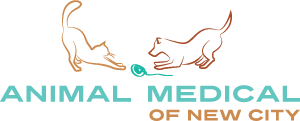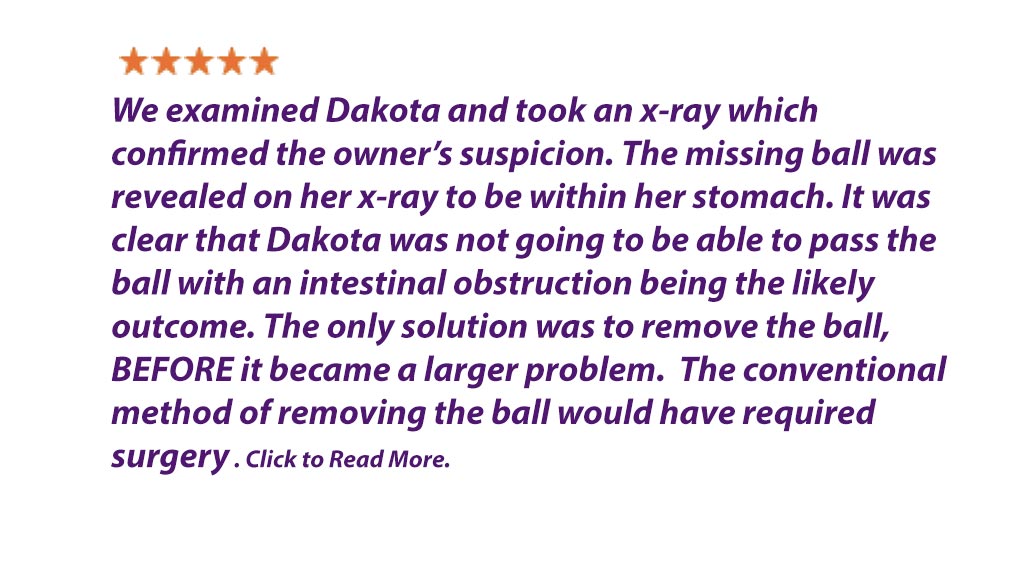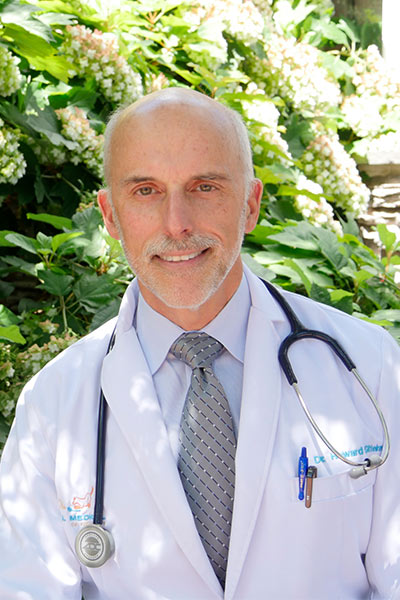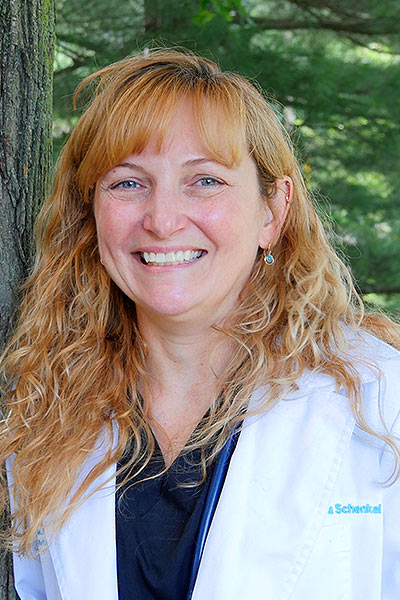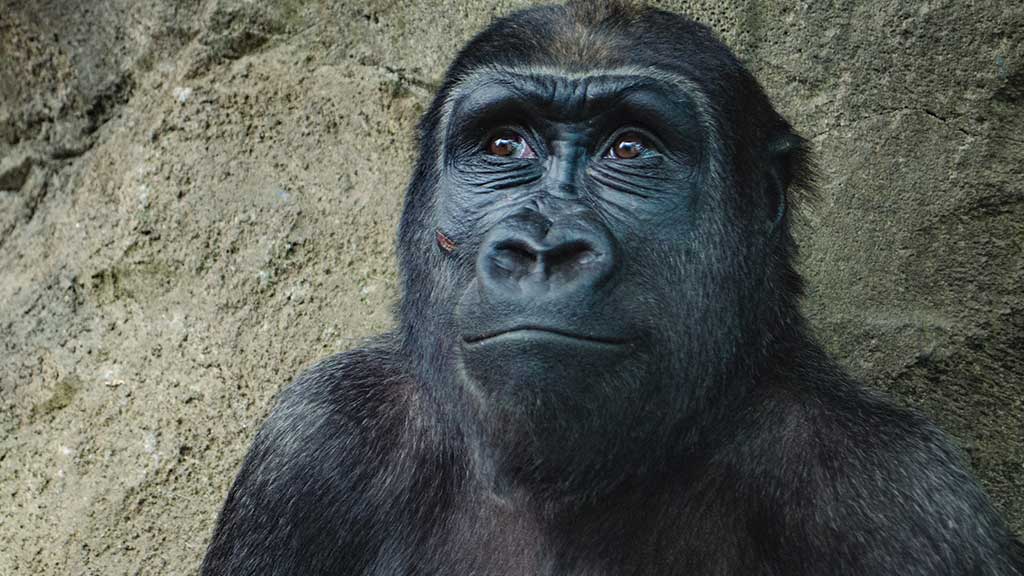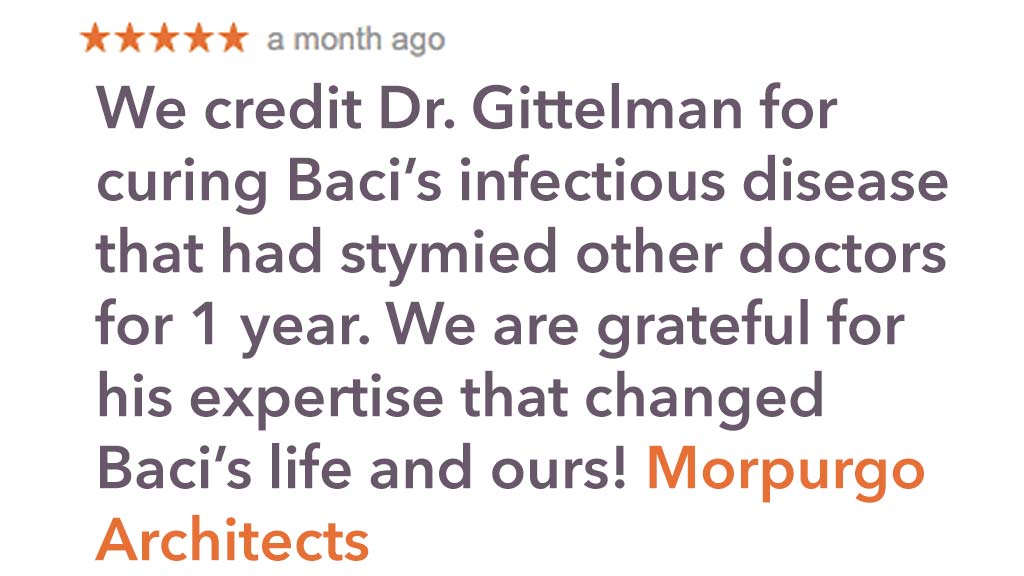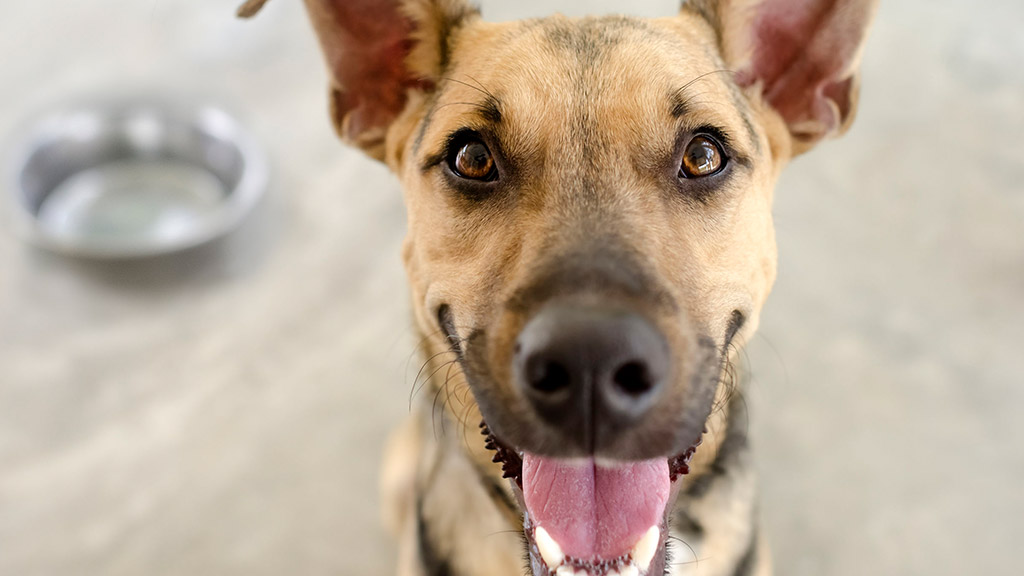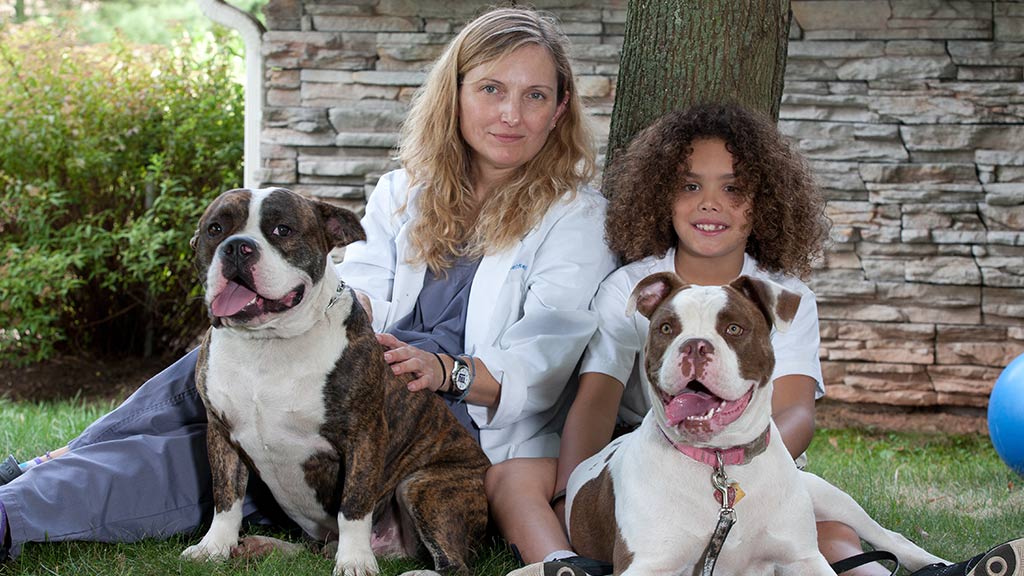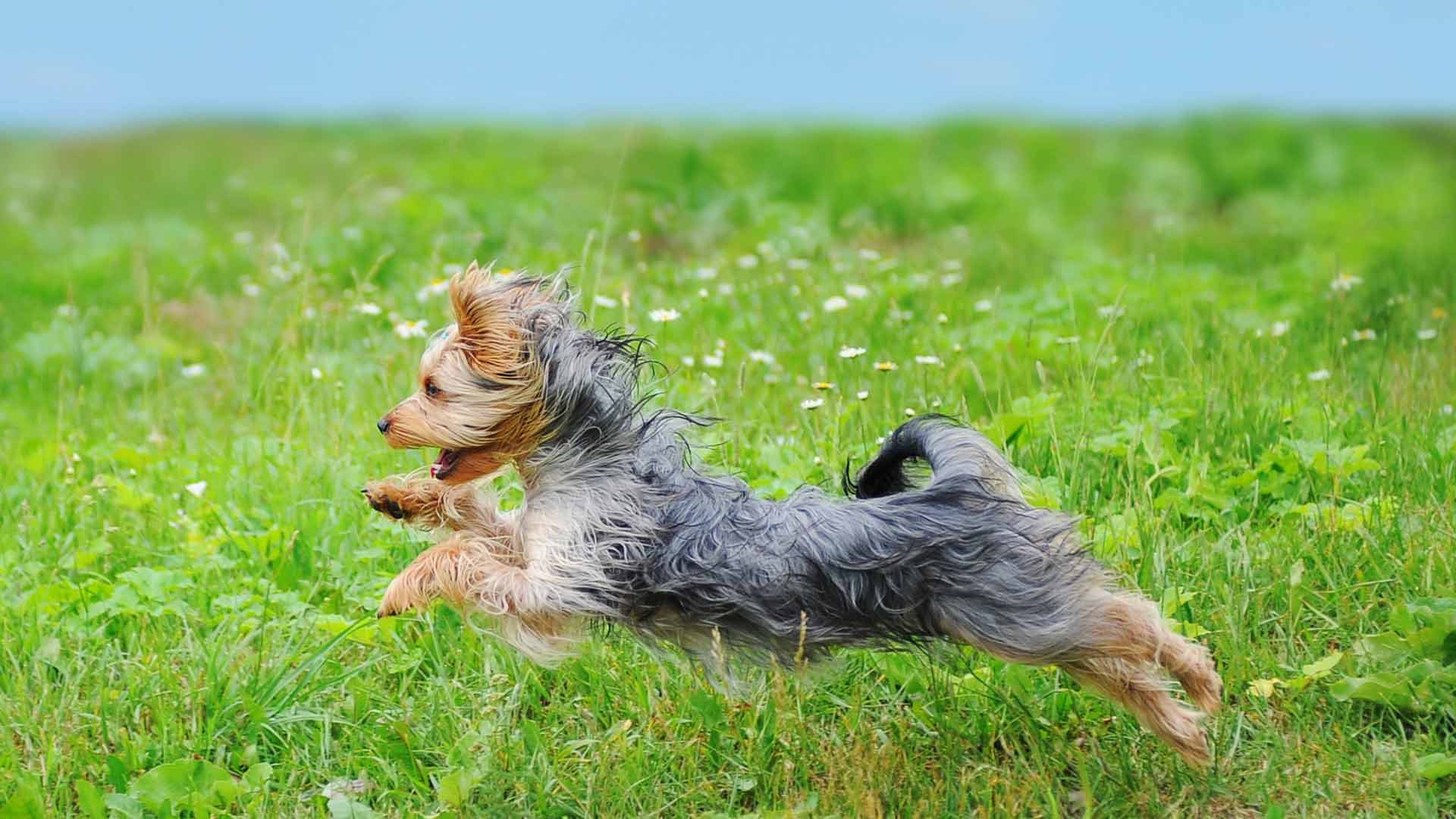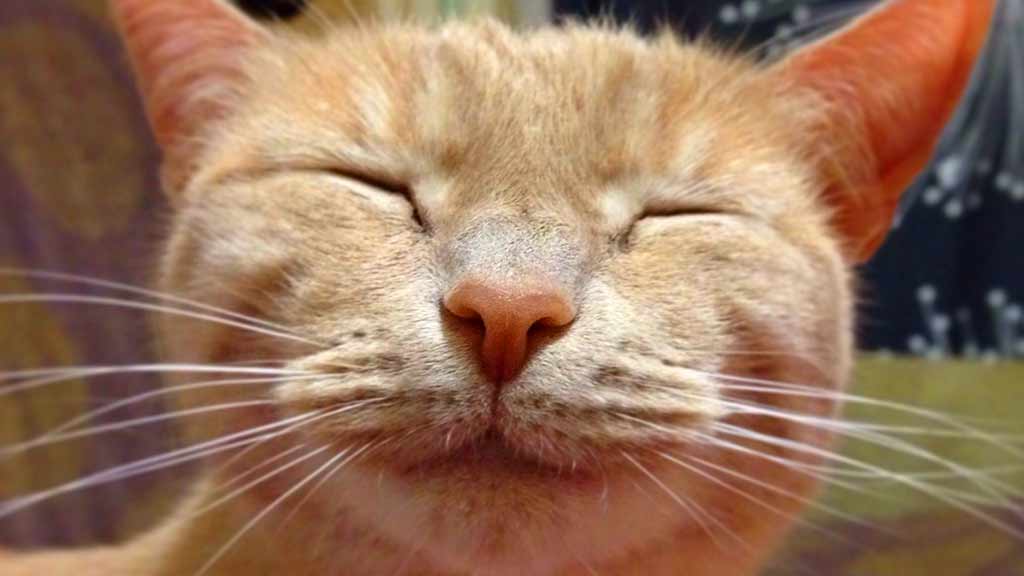Minimally Invasive Surgery
Animal Medical is one of just a few Rockland Country practices with a skilled laparoscopic surgeon
Animal Medical of New City
Minimally Invasive Surgery and Laparoscopy
Animal Medical of New City is pleased to offer minimally invasive surgery!
For many procedures, minimally invasive surgery can provide a better alternative to traditional surgery.
What Is Minimally Invasive Surgery and How Does It Work?
Minimally Invasive surgery is a surgical procedure that uses an endoscope. Endoscopes are hollow tubes with a tiny, magnifying camera on the end that enters the patient body through an existing opening like the mouth, nose or anus or a small incision. Because they are hollow, surgical instruments can be threaded through them and veterinarians can perform soft tissue surgery with a very high degree of precision.
What’s the Difference Between Endoscopic Surgery and Laparoscopic Surgery?
When veterinarians use the endoscope to visualize and perform surgery on a site through an existing body opening like the mouth or anus, the procedure is called endoscopic surgery. If the veterinarian makes a small incision in your pet’s abdomen to insert the endoscope, it’s called laparoscopic surgery. Laparoscopic surgery is a popular, much less invasive alternative to the traditional spay procedure.
Benefits of Minimally Invasive Surgery Include:
- Get a much better look at their patient: the camera inserted into the patient’s body allows for precise, close-up viewing of tissue.
- More precise surgery
- Faster recovery
- Reduced risk of infection: smaller openings and less cutting reduces the area of the body that can be open to infection.
- Less pain: a Journal of Veterinary Medicine study demonstrated that dogs that have their spay procedure using a laparoscope heal faster and feel better sooner after surgery.
What Sort of Surgeries Can Be Done With A Endoscope?
- Spay
- Gastropexy (see below)- This surgery prevents dogs’ stomachs from twisting, a condition that can often be fatal. The problem is called gastric torsion.
- Otoscopy- Surgery/exploration of the ear
- Cystoscopy- Surgery/exploration of the bladder
- Rhinoscopy- Surgery/exploration of the nose
- Vaginoscopy-Surgery/exploration of the dog’s genitals
- Arthroscopy- Surgery/exploration of the joints
- Retained Testicle(s)
- Foreign body- Removing inedible objects from the stomachs/intestines of dogs and cats
*A Gastropexy is a prophylactic procedure that ‘tacks’ the stomach to the body wall in order to prevent torsion of the stomach. Gastric Dilatation Volvulus (GDV or ‘bloat’) is a life threatening condition that commonly occurs in deep chested large breed dogs and is caused by the twisting of a large dilated or bloated stomach. The torsed (twisted) stomach cuts off blood supply of major blood vessels which leads to shock, tissue necrosis and death. Tacking the stomach to the body wall prevents a bloated stomach from twisting and thus, prevents a life threatening situation.
Meet the Medical Team
The Animal Medical of New City Animal Care Facility
22 New Hemptead Road, New City, NY 10956
Call Now
After-hours, use the contact form at the bottom of the page. We will reach out on the next business day.
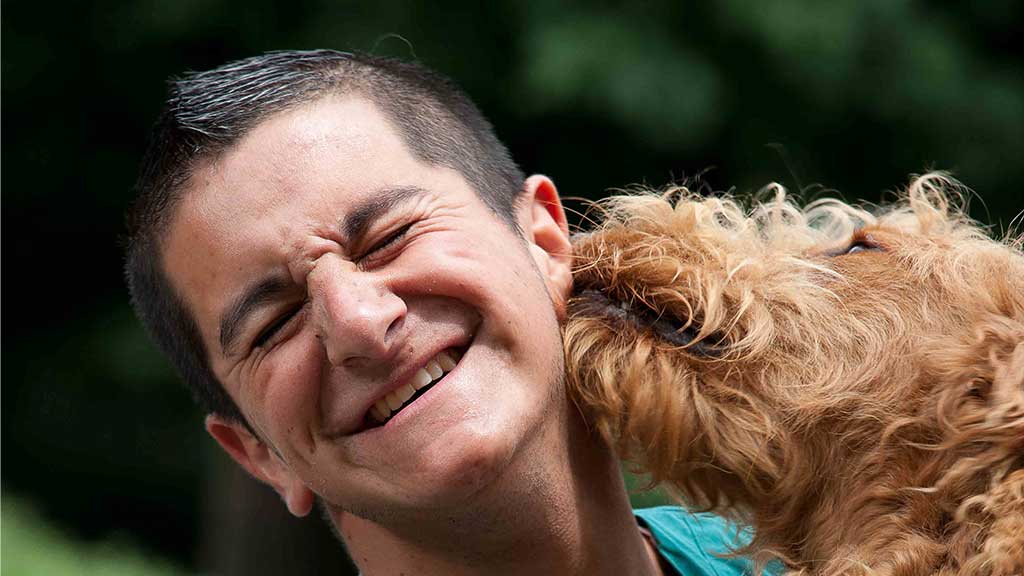
Financing Veterinary Care at Animal Medical of New City
CareCredit and Vetbilling make the best care accessible to everyone.
